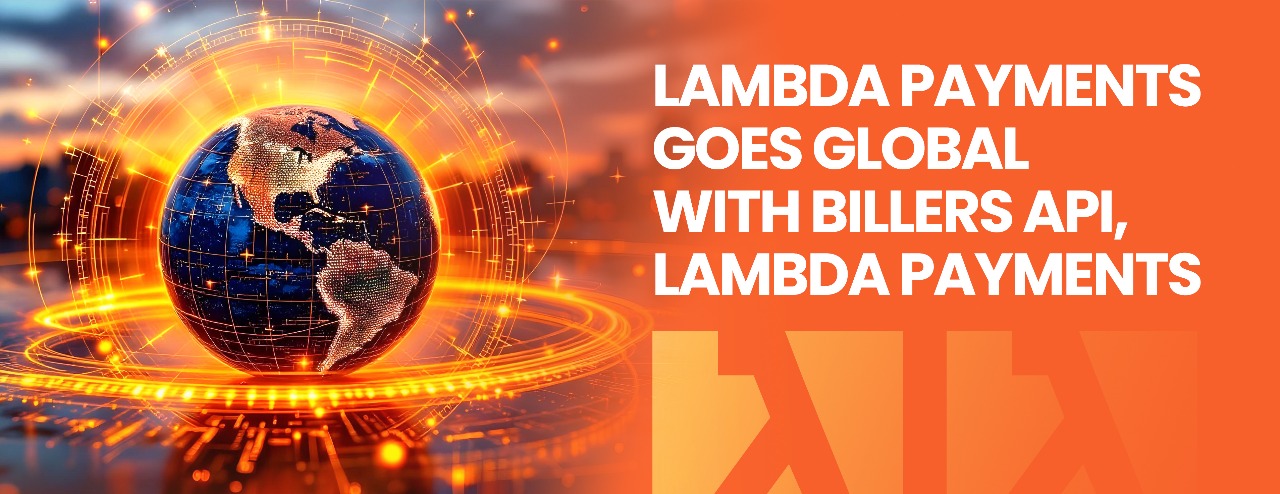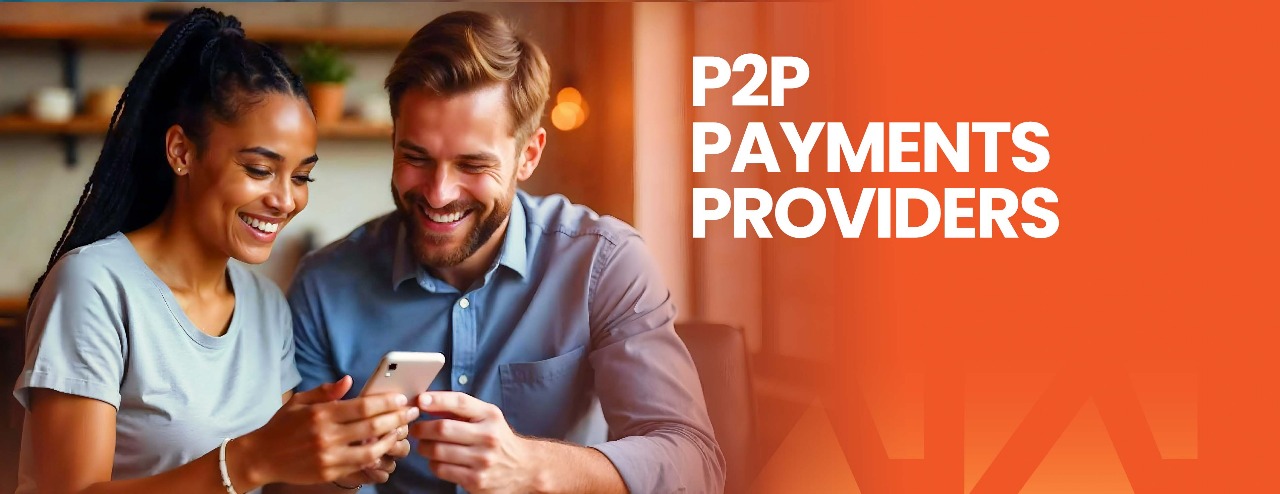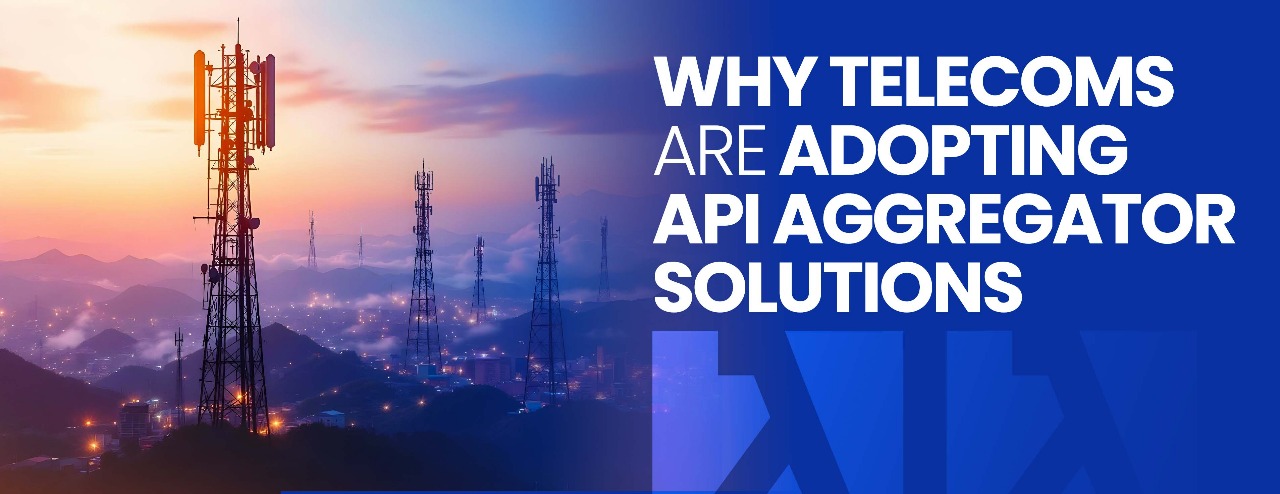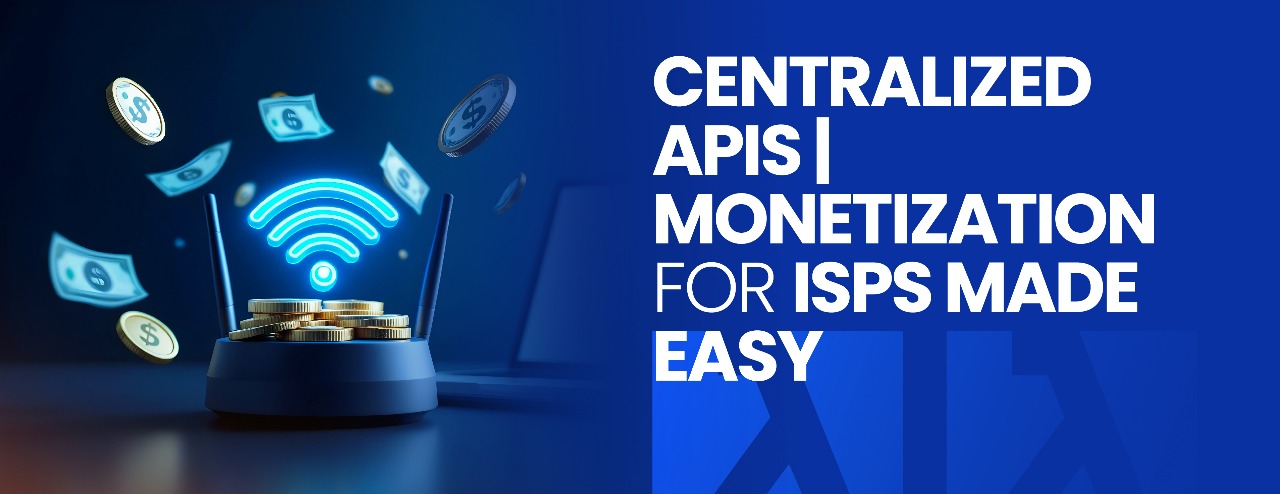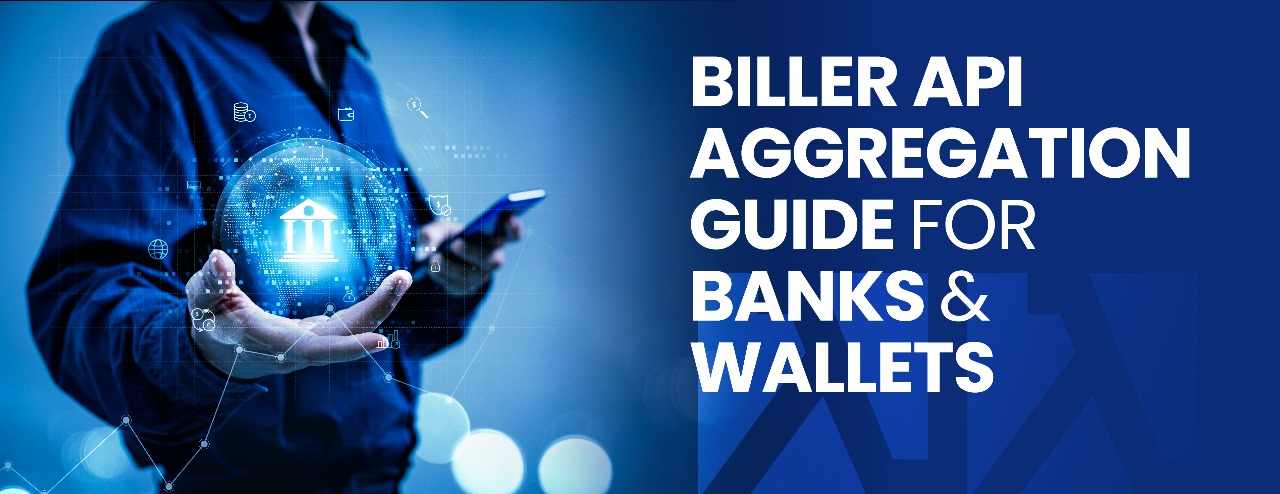Peer to peer or P2P transactions have made remitting money an easy feat to undertake with just some taps on your cell phone. In this blog, we will touch on the kinds of P2P money transmission options out there to us, examine well-known P2P services out there, what makes these apps so popular. We will also provide some tips on how to pick the right P2P payment facilitator service.
In the process, we will substantiate our argument with real-world examples and facts to illustrate the increasing influence these solutions are having offline and online.
Types of P2P Payment Methods
There are several P2P payment solutions and each offers some advantages and differences. Here are the major types:
Transfers and Mobile Banking Applications
Even traditional banks are turning to technology with the offer of real-time fund transfer through mobile bank apps. The funds are directly transferred from one’s personal checking or savings account through these apps. Some examples include built-in features within bank apps like those offered by Chase, Wells Fargo, or the Bank of America.
Stand-alone P2P payment apps
They are particularly designed to support person-to-person payments. They usually require users to link their bank accounts, or their debit cards, to the app. Some great instances include Venmo, Cash App, and Zelle. Their user-friendly interfaces and social aspects (like transaction streams and emojis) are very attractive to young people.
Social Media Integrated Payments
There are platforms that embed payment functionality within social media itself, so that the transaction can be completed without exiting the social application. Facebook Pay is one such service, which offers users the option to send money easily while engaging with their network.
Crypto and blockchain payments
As cryptocurrencies become more mature, there are some platforms that provide P2P transfers using cryptocurrencies like Bitcoin or Ethereum. They are attractive to those who would like to avoid transference charges or would like to find an alternate investment vehicle.
Most Popular P2P
Over the past years, several P2P services have come into the limelight among the public. Addressing slightly differing segments of the market, however, they share similar aims of speed and convenience:
- Venmo: PayPal itself has made its Venmo almost synonymous with mobile wallet transactions among Gen Z and Millennial shoppers alike. It introduces a social feed element to everyday transactions and has the feel of being very social itself. Venmo experienced an astronomical surge in its transactional volume—numbers point to its payment level in hundreds of billions of dollars annually.
- Zelle: Integrated into most U.S. bank apps, Zelle has the advantage of instant transfers among participating banks. Banks leverage the power of the Zelle network to meet users’ needs by making funds available in near real-time, thus driving user retention and participation.
- Cash App: Established by Block, Inc., formerly Square, Cash App is another major company that offers not only P2P payments but also direct deposits, buying and selling of Bitcoins, and yes, even a prepaid card. Having all these options under one roof has made Cash App an all-inclusive financial tool.
- PayPal: While PayPal is most well known to provide online shopping services, it possesses very robust P2P payment capabilities. Its global acceptance and huge user base make it trustworthy everywhere to many people.
All these services have contributed to modern-day financial transactions through offering secure, easy and increasingly varied ways to move funds.
Why are P2P Payment Applications So Popular?
Multiple factors account for the rate of P2P payment app growth.
- Convenience and Speed: Consumers appreciate the fact that they can send or receive money in seconds, without relying on traditional payment tools like checks or cash. The immediacy is especially crucial for payments that are urgent in nature or for paying bills.
- Accessibility: Since the majority are smartphone-based P2P payment apps, virtually all internet-enabled device holders are able to access and make use of them. It serves an important role in closing the underbanked gap and facilitating remote payments.
- Social Integration and User Experience: The majority of these services include social aspects that invite users to engage with one another. Venmo posts payment activity to a social news stream, adding an open and communal aspect—even if financial participant data is not made public.
- Enhanced Security: Contemporary-day P2P platforms utilize high-quality encryption and secure authentication techniques (such as the implementation of biometric authentication) to shield user data so that senders can send money with confidence.
- Low-Cost Transactions: Unlike traditional money transfer services, most P2P apps offer free transactions or charge a very minor fee. Such affordability is in perfect harmony with everyday use and high-frequency and low-value transactions.
How to Choose the Right P2P Payment Facilitation Service
Selecting the ideal service to operate your P2P transactions depends on several factors. Some of the main considerations are:
Security and Regulation
Choose an operator with strong protection and one regulated by financial authorities. Examine the company’s track record and customer opinion on incidents of data breaches or data misuse.
Transaction Speed and Fees
Consider how quickly money is sent and if there are receiving and sending service charges, particularly on cross-border transactions. Some apps offer instant transfer with a small fee and others one to three working days on bank transfers.
User Experience and Customer Support
A user-friendly interface will only take you so far. Also consider the quality of customer support assistance provided—24/7 assistance through chat, email, or call—and this can be the deciding factor if something does go wrong.
Other Features
Some P2P providers offer value-added services that include bill splitting capabilities, investment instruments, or integration with other financial products. Compare these against your business or personal needs to maximize your platform returns.
Integration with Other Platforms
If you are frequently transacting with merchants or using networking platforms, opt for an option that is supported by the platforms you already use. Some instances include services that enable payments directly through messaging platforms or on the social networks themselves.
Real-World Examples and Statistics
This tremendous upsurge in P2P payment solutions is not anecdotal and is supported by spectacular numbers. Consider instances like those of Cash App and Venmo handling billions of dollars’ value in annual transactions, and the level of customer trust and faith with which these apps are used.
Industry reports estimate the United States alone has its P2P market growing exponentially, with transaction amounts totaling hundreds of billions of dollars annually. Further, reports by market study firms noted an appreciable proportion of consumers making payments through the digital medium over traditional channels—a trend accelerated by the global acceptance of contactless payments during the COVID-19 outbreak.
Traditional banks are paying heed to the P2P solutions too. As an illustration, Zelle alone has been found to transfer tens of billions annually through easy integration with the existing bank channels. Statistics like these show not only the size of the market, but the disruptive power of the P2P platforms on modern finance networks.
Conclusion
The growth of P2P payments revolutionizes financial transactions globally by providing speed, convenience, and enhanced protection. Whether independent platforms like Cash App and Venmo or combined offerings like PayPal and Zelle are used, the differentiation among services gives consumers numerous options to make quick and efficient transactions.
In choosing an intermediary service to make P2P payments, one should consider protection offered, speed of transaction, user interface, and compatibility with other tools. A good example from the fintech industry is the case of Lambda Payments. Lambda Payments is a model of the new payment paradigm, with its emphasis on cutting-edge technology and strict security protocols.
As one can observe throughout this blog, if you are a businessman or someone who wants hassle-free money transfers without the fuss, Lambda Payments is a novel approach. It reflects the new methods and practices embraced by contemporary providers of the P2P payment model. With transparency as part of its top priority list along with easy-to-use interface and compliance with regulations, it is a solid contender in a continuously changing and expanding market.
Stay current and make smart choices based on actual performance and comparative industry standards, and you can be confident with your choice of a P2P payments company that will meet your financial requirements in an ever-changing online world.

